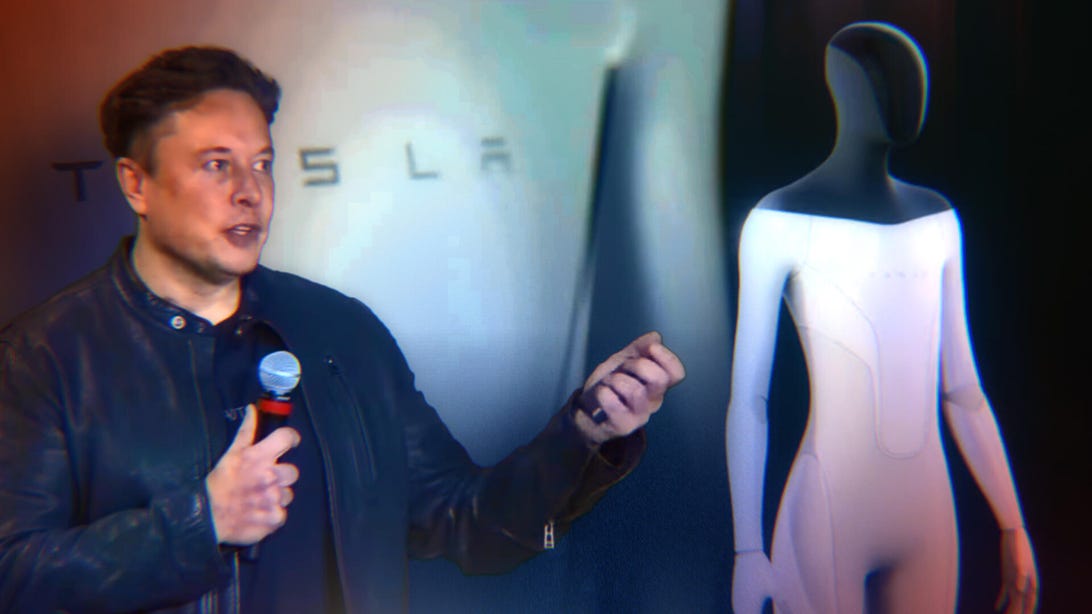
Musk says a Tesla Bot prototype is coming in 2022. Really?
CNETElon Musk says he'll have a humanoid robot to show off next year, but the iconoclastic entrepreneur has a mixed record when it comes to promises and predictions. It's worth revisiting them before you plan your next moving day around the Tesla Bot's debut.
Last week at Tesla's AI day event, Musk announced the auto company would have a prototype ready as soon as next year to help with tasks that are boring, repetitive or dangerous. As proof of concept, Musk shared a PowerPoint and welcomed a dancer in a Tesla Bot bodysuit on stage. It was all a bit reminiscent of the failed Cybertruck armor glass demonstration that resulted in two broken windows on stage.
The promise of a domestic robot is also a bit hard to swallow when Tesla is debuting in its cars a "full self-driving" option which, as my CNET colleague Brian Cooley argues, doesn't deliver on its name. Even Musk himself admitted Monday that the current beta "is actually not great."
It's almost too easy to be skeptical of Musk's promises. He's burned us so many times in the past. But that's also a bit of a glass-half-empty outlook, no? This is the same man who has arguably revolutionized at least two industries -- automotive and space launch -- in the past decade while also making headway on others, like broadband internet access with SpaceX's Starlink service.
The problem is Musk promises not just revolutions, but far more transcendent accomplishments, like moving millions to Mars or merging humans with AI. So how do you evaluate what to believe from a man who, as a result of having superhuman goals, delivers both revolution and disappointment at the same time?
Let's look back at Musk's track record for some insight.
Sleeping through the commute
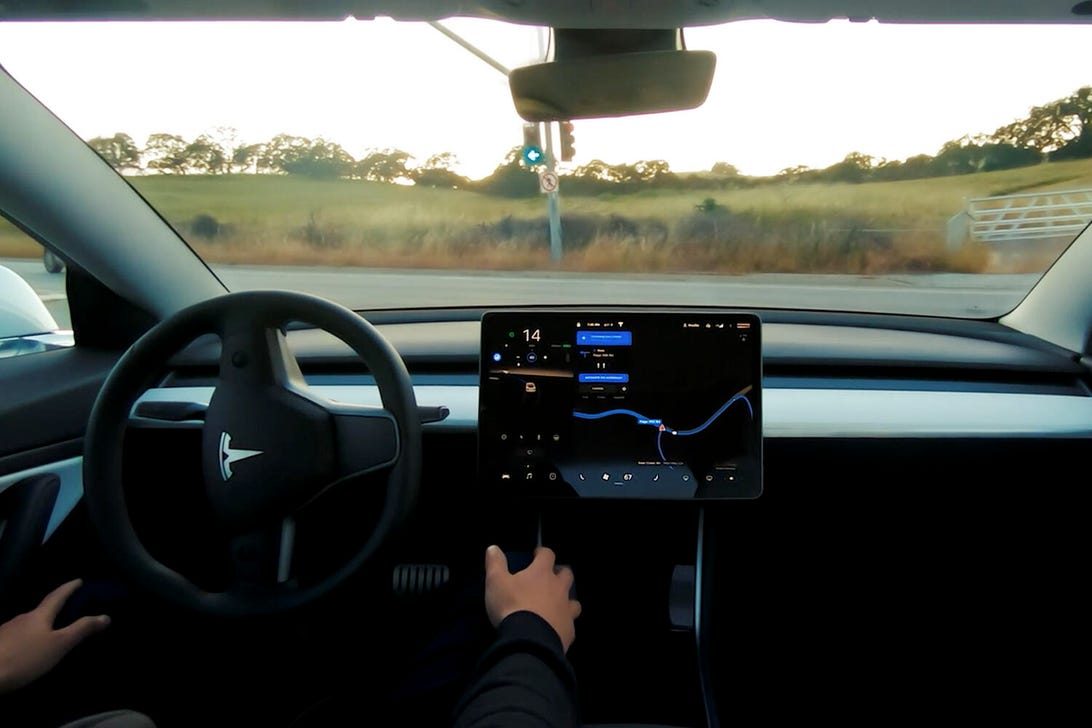
A look at Tesla's full self-driving beta.
TeslaIn 2014, Musk famously predicted that self-driving systems would be advanced enough by 2020 that "you could literally get in the car, go to sleep and wake up at your destination."
Seven years later, Tesla has clearly made progress toward that goal, but what it calls full self-driving is still really advanced driver assistance, and falling asleep on the way to work is still a very bad (and illegal) idea. The debate over exactly how much autonomy Tesla currently offers was on display earlier this year when Musk promised full Level 5 autonomy by the end of 2021, but a company engineer walked back the pledge in communications with regulators less than three months later. Tesla did not respond to a request for comment.
By the way, this is all happening after the close of 2020, which was the deadline Musk set in 2019 for Tesla to have a million robotaxis on the road. At the time, Musk noted that he's often not on time with such pledges but did promise that Tesla would get it done. Now we're left to wonder about the odds of seeing Tesla Bots in homes before fleets of robotaxis hit the road.
Still, there's reason to believe Tesla and Musk will get it done eventually. The company has reached one audacious milestone, first verbalized by Musk in 2015, which was that the automaker could be worth as much as Apple (over $700 billion at the time) by the year 2025.
Earlier this year, Tesla's market value passed $800 billion for the first time. Meanwhile, Apple is worth over $2 trillion, but that's still a remarkable gain from Tesla's roughly $25 billion valuation in 2015.
Moving to Mars
Musk's other major success has been with SpaceX, the rocket company he founded in 2002 to work on his magnum opus: making humanity a multiplanetary species by sending as many of us as possible to pioneer life on Mars. Back then, when people weren't paying nearly as much attention to Musk's predictions, he hoped to make it to the red planet by 2010.
Instead, it took six years for SpaceX to make it to orbit for the first time, in 2008. Since then, the company has pioneered and perfected the practice of landing and reusing rockets, launched the most powerful rocket in the world today in the Falcon Heavy, and transported astronauts to the International Space Station in the first new crew vehicle developed in decades.
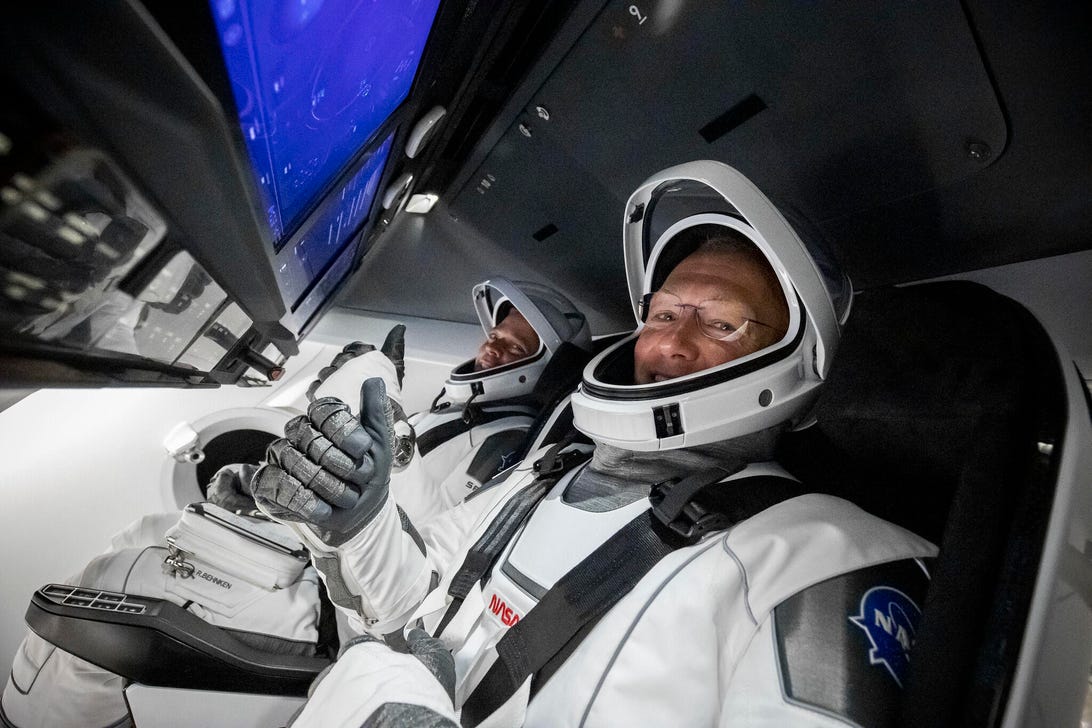
SpaceX's Crew Dragon has already sent three groups of astronauts to orbit.
NASAWhile all this was underway, SpaceX also initiated a massive satellite broadband service, called Starlink, that's already signed up 100,000 customers. The company has so come to dominate the space industry that when NASA went to award contracts for the human landing system that'll send astronauts back to the lunar surface this decade, SpaceX was the sole awardee.
It's a remarkable track record, and yet it doesn't live up to Musk's own hype.
His timeline for getting to Mars has been pushed back repeatedly, to 2018, then 2022, 2024... For now, the focus is temporarily on getting Artemis astronauts to the moon, something then-President Donald Trump promised NASA would do by 2024. NASA hasn't backed off that target under the Biden administration, despite the majority of observers often finding it to be a laughable goal given the glacial pace of development for the agency's next-generation Space Launch System.
But with Musk and SpaceX officially in the mix and developing Starship for missions to the moon, the rhetoric has changed a bit, led by the man himself. As early as 2019, Musk was predicting Starship could send astronauts to the moon by 2023, a goal he's recently reiterated.
Meanwhile, SpaceX has already missed an "aspirational" goal of sending Starship on its first orbital flight in July. Though Musk says the huge vehicle is nearly ready to fly, it still faces months of regulatory hurdles that make a first trip to space this year seem less likely.
So, just as with Tesla, don't bet against SpaceX getting where it plans to go, but certainly don't assume that'll happen as soon as Musk would like.
Caught in the hyperloop
With Musk's two main ventures described above, he seems to simply be impatient or may even use those impossible timelines to motivate employees while simultaneously keeping the public interested. Either way, results trail the hype (even if at a distance) fairly consistently.
But with Musk's side projects, the results have been more uneven.
Take hyperloop, the super-fast monorail-type transport in a vacuum tube that Musk open-sourced in a white paper in 2013. He acknowledged at the time that he didn't have the bandwidth to devote to developing the technology, but he continued to work on the project on the side, hosting pod development competitions, starting the Boring Company to improve tunnel construction and undertaking a couple of demonstration projects, notably in Las Vegas and Los Angeles, under the rebranded name Loop.
Musk pitched Loop as a way to skip traffic via a network of high-speed pods and skates underground that can move passengers and vehicles at up to twice the surface freeway speed limit.
So far though, the pilot projects in Las Vegas and near SpaceX headquarters in California are nothing more than tiny tunnels where human drivers behind the wheels of Teslas ferry passengers across short distances at relatively low speeds. Still waiting for the revolution on this one.
Musk inside your head
Musk is also behind schedule to deliver what's been promised with another of his smaller efforts, Neuralink. The long-term vision here is a truly futuristic mind merge between individual human brains and artificial intelligence via brain-computer interfaces. Musk sees it as a way for humanity to keep up with the development of powerful general AI, which he's long deemed an existential threat.
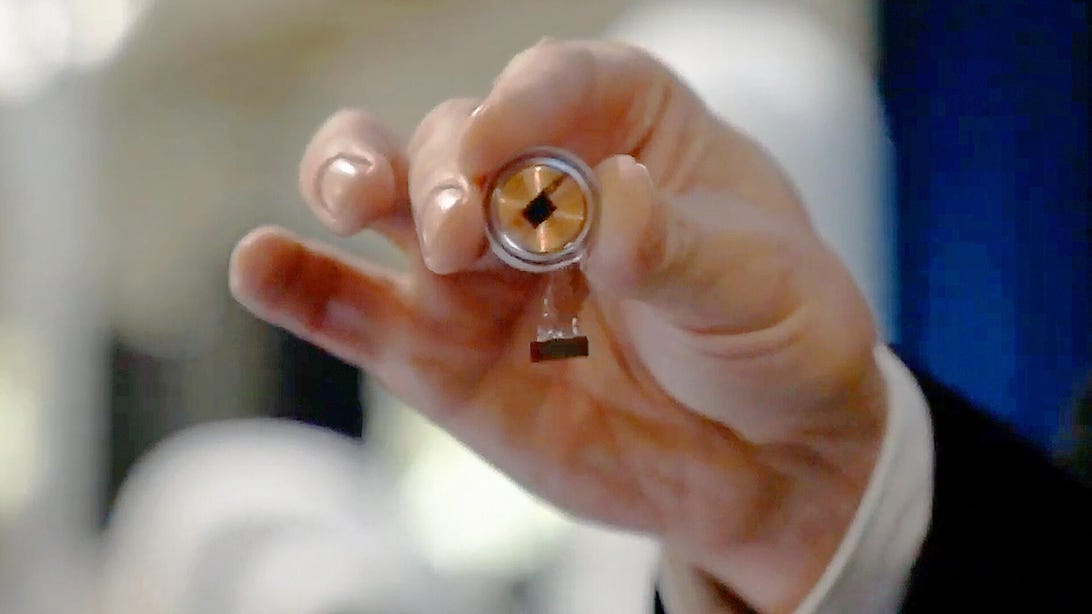
A neuralink implant.
CNETIn the short term, the plan is to develop an assistive technology for people with conditions like paralysis.
In 2019 Musk said: "We hope to have this, aspirationally, in a human patient by the end of this year. So it's not far."
But so far the news out of Neuralink has been a little uneven. A few media events have featured pigs with brain implants and a monkey that Neuralink said could control a game of Pong via wireless brain implants. Human trials, scientific publications and other data have been slow to emerge, however. An earlier goal of bringing Neuralink to market in 2021 certainly doesn't seem to be happening.
So what to take from all this? A couple of things are clear: Musk can't help but project into the future on almost any subject that lands on his radar, and his timelines can't be trusted. If Elon Musk promises to deliver your pizza in 30 minutes, go out for dinner and look forward to having that pizza sometime next week.
Also, remember that this guy spends a lot of nights sleeping in Tesla facilities or in a tiny home at the Starship development campus. He's got quite a grasp of what's possible in the automotive and space domains, but when he's chiming in on almost any other topic, whether it's Dogecoin or even humanoid robots, maybe consider some healthy skepticism.
Musk may like to consider Tesla a robotics company, but outfits like Boston Dynamics probably have something to say about engineering for the multiple degrees of freedom a humanoid form suggests. No one has ever seen a Model III jump, dance or do a back flip, after all.
I reached out to Musk for comment via Tesla and SpaceX but did not hear back.
So will we see Tesla Bot next year? Maybe. But something tells me Musk might get distracted by other commitments.
Business - Latest - Google News
August 27, 2021 at 08:30AM
https://ift.tt/3myoTot
Elon Musk says Tesla Bot prototype will be ready next year. Can we believe him? - CNET
Business - Latest - Google News
https://ift.tt/2Rx7A4Y
Bagikan Berita Ini

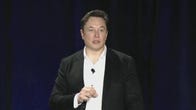
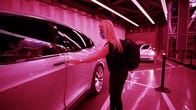
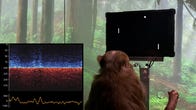















0 Response to "Elon Musk says Tesla Bot prototype will be ready next year. Can we believe him? - CNET"
Post a Comment